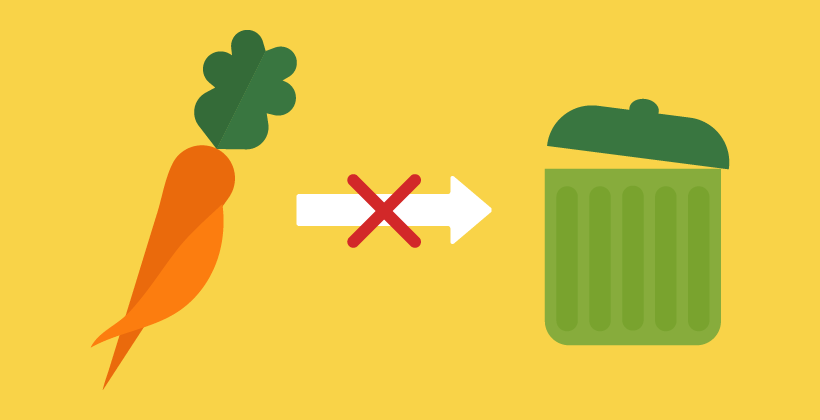Allergen labelling for our foods
Last Updated : 03 August 2005For those who are allergic to certain foods, such as wheat or eggs, it is easy to banish them from the diet when they are presented in a natural whole form. However, it is not easy to be sure that those same allergens will not turn up in some pre-prepared food, for example, in sauces.
Food production has become a very complex and sophisticated process and processed food products are part of our daily lives. It is hard to imagine having to give up these conveniences just because you don’t know whether the product has been cooked with nut oil or might contain gluten or crustaceans in some form.
Most people enjoy a variety of foods with no problems. But for a small percentage of people, specific foods or components of food may cause adverse reactions ranging from a slight rash to a severe allergic response. In order to achieve a higher level of health protection for consumers and to guarantee their right to information, EU legislation has recently been modified. Food labelling should ensure transparent labelling of food ingredients classed as potential allergens.
Providing justification for the new legislation, a panel at the European Food Safety Authority (EFSA) earlier this year claimed there is ample evidence to justify the mandatory inclusion on food labels of the most common food allergen ingredients and their derivatives.
Core of the new legislation
The new EU Directive 2003/89/EC (amending Directive 2000/13/EC) on the indication of ingredients in food requires food manufacturers to list 12 groups of potential allergens if they are used as ingredients in pre-packed foods, including alcoholic drinks, regardless of their quantity. The allergens include cereals containing gluten, fish, crustaceans, eggs, peanuts, soy, milk and dairy products including lactose, nuts, celery, mustard, sesame seed, and sulphites. They are responsible for over 90% of all allergic reactions. The list of allergenic food ingredients included in the Annex of the Directive will be re-examined and updated as required, on the basis of the most recent scientific knowledge.
Getting to the practical details of the changes, as a general rule, labelling exceptions will no longer be accepted for allergens. In particular, ingredients derived from a substance on the list of allergenic ingredients will normally have to be declared as such, for instance, lecithin (from soybean). However, given the possibility that certain derivatives of known food allergens may not trigger an allergic reaction, this same legislation also provides for possible exemption to this.
In order to prepare a list of derivatives of allergenic ingredients for which mandatory labelling is not required, the European Commission has requested EFSA to evaluate a number of applications. EFSA will provide in the coming months scientific advice regarding the likelihood of their triggering adverse reactions following their consumption by susceptible individuals under the conditions specified by the applicant. Based on the Opinions published so far, substances likely to be exempted include glucose syrups from wheat, refined soybean oil, various distillates from nuts and protein ingredients used in the “fining” (clearing) of wines.
When will the new rules enter into force?
The new Directive 2003/89/EC entered into force on 25 November 2003. Member States had one year (until 25 November 2004) to transpose the provisions of the Directive into their national legal systems.
Manufacturers have a further year to make sure their labels fully comply with the rules, meaning that from 25 November 2005 traded products must comply with the new legislation. However, products which have been put on the market or been labeled before that date, are allowed to be sold until stock has run out.








